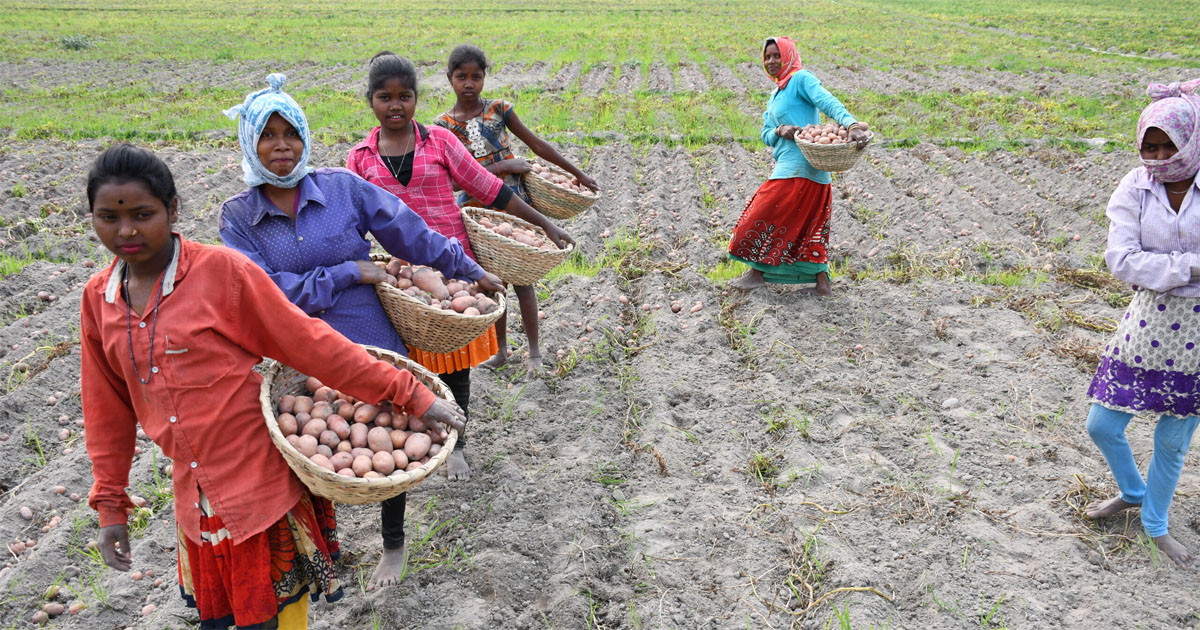We can adapt to climate change and limit the harm, or we can fail to adapt andrisk much more severe consequences. How we respond to this challenge will shape the future in important ways.The climate is already hazardous; indeed it always has been so. Variations and extremes of climate disrupt production of food and supplies of water,reduce incomes, damage homes and property, impact health and even take lives. Humans, in an unintended revenge, are getting back at the climate byadding to heat-trapping gases in the Earth’s atmosphere that are changing the climate. But the changes are amplifying the hazards. And we cannot in short order stop this. The physical and social processes of climate change have a momentum that will continue for decades and well beyond.This undeniable momentum does not imply, however, that efforts to mitigateclimate change, meaning to reduce or capture the emissions of greenhouse gases that drive climate change, are wasted. Nor is a call for adaptation a fatalistic surrender to this truth. The magnitude and pace of climate change will determine the severity of the stresses to which the world will be exposed.Slowing the pace of human caused climate change, with the aim of ultimately 3232 J&J Climate Change 31/10/07 11:31 am Page 1stopping it, will enable current and future generations to better cope with and adapt to the resulting hazards, thereby reducing the damages and danger.Mitigating climate change is necessary. Adapting to climate change is necessary too.






















